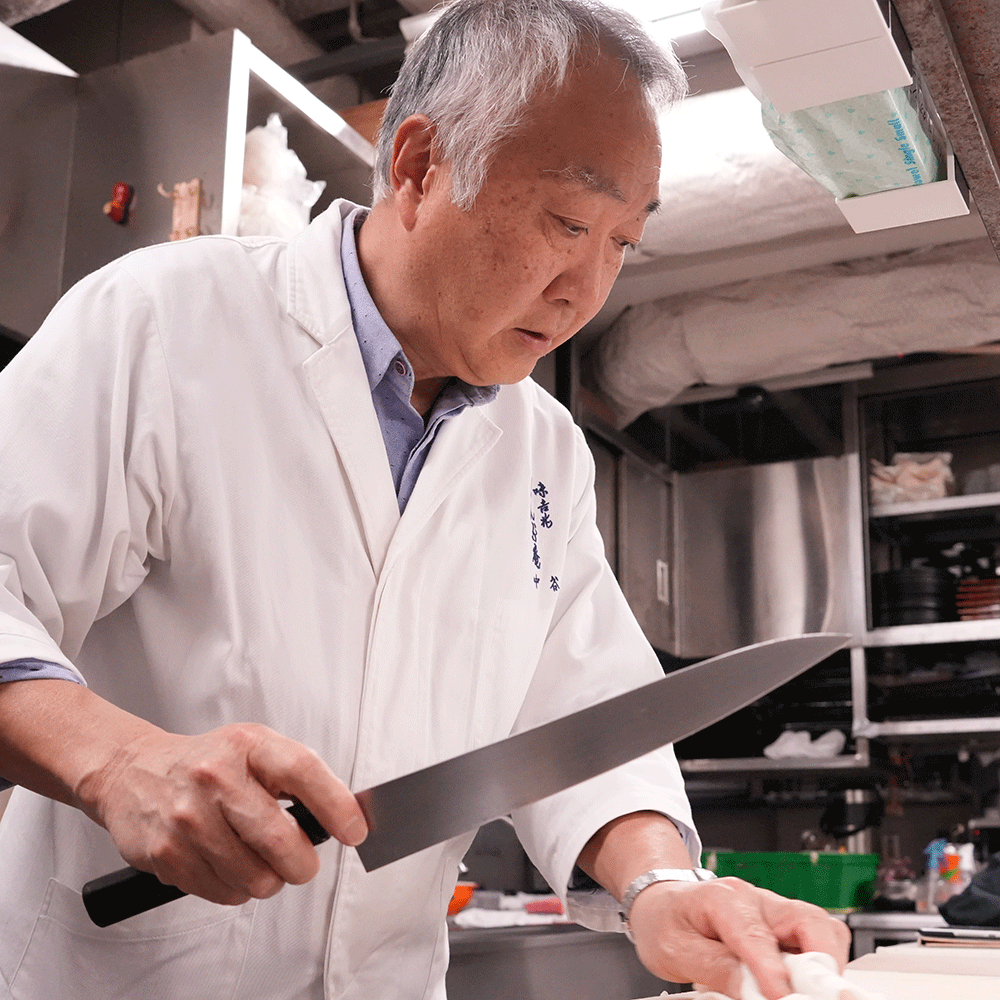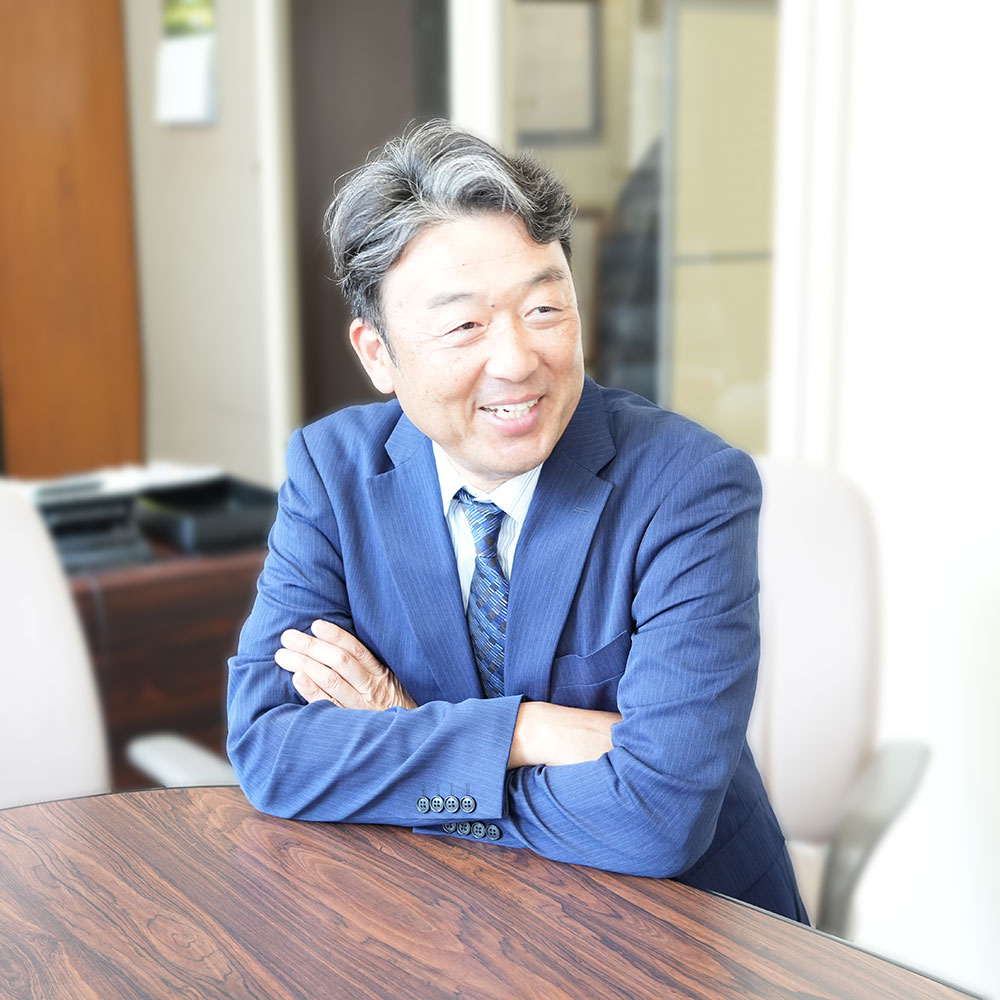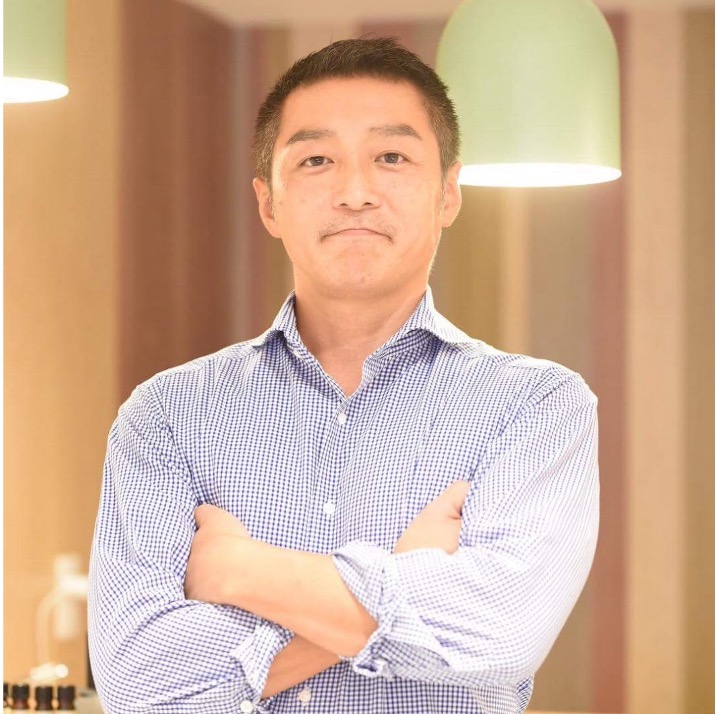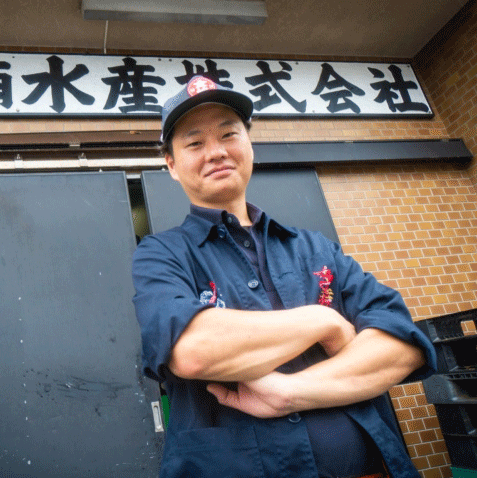The challenge of a wagashi artisan connecting 300 years of history to the future.
- Food & Beverage Manufacturing
- 100 Year Company
- Unique Products & Services
- Wagashi Artisan
- Japanese Traditional Technology
Mie
Interview with Hisatsugu Takeguchi, the 16th generation wagashi (Japanese confectionery) artisan of Oharagi Honpo Daitokuya chokyu in Suzuka City, Mie Prefecture. He shares his thoughts on taking on new challenges to pass on the 300-year-old wagashi-making techniques of the shop to future generations and promoting wagashi to the world.
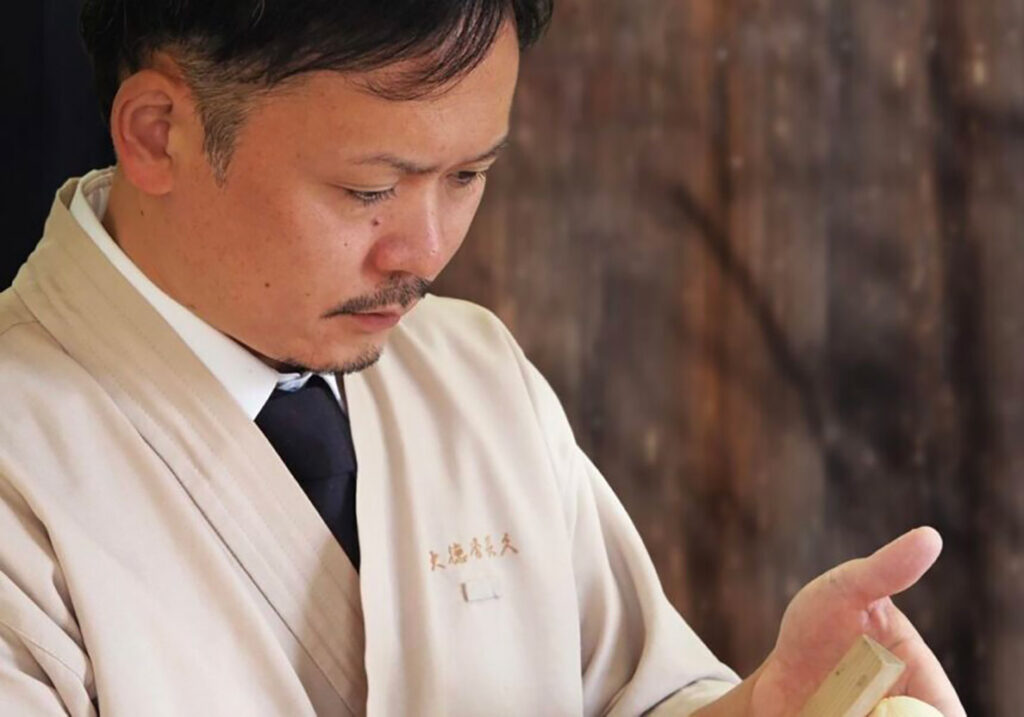
PROTAGONIST
Hisatsugu Takeguchithe 16th generation wagashi (Japanese confectionery) artisan
Exploring the Roots of Oharagi
In the Suzuka City area of Mie Prefecture, a type of wagashi (Japanese confectionery) called “Oharagi” has been passed down through the generations.
Long ago, the Takeguchi family ran a shipping business from the first to the third generation, but they transitioned their business to making wagashi (Japanese confectionery) starting from the fourth generation. The catalyst for this change occurred when Kyūbei, the fourth generation, accompanied the lord of the former domain to Kyoto. The lord saw women dressed in indigo clothes, carrying firewood and brushwood on their heads, selling them door-to-door. These women were known as Oharame. The lord then ordered Kyūbei to create a wagashi resembling these Oharame women.
Kyūbei ingeniously crafted a confectionery inspired by the Oharame women, particularly the brushwood they carried on their heads and the child-protecting Kannon of Shirako. This is how “Oharagi” was born.
As a renowned confectionery shop, “Oharagi” has been beloved by many for around 300 years. However, during the era of Kyūbei, the 15th generation and the current owner’s father, the shop was forced to develop new products to survive.
The business was then passed down to the 16th generation, Hisatsugu Takeguchi.
From an annual deficit of 10 million yen to a V-shaped recovery into profitable management
Hisatsugu Takeguchi decided to succeed Kyūbei, the 16th generation, during a Christmas in his fourth year of elementary school. “Every Christmas, my father would make butter cakes. Watching him, I felt I wanted to be a confectioner like him and also be involved in the business,” he reminisced.
During the time when his father was the owner, the era saw a shopping boom with the rise of department stores and malls. At that time, wagashi shops were often very particular about their offerings, with some focusing solely on items like daifuku or dango. Naturally, customers were drawn to department stores and malls that offered a wider variety of options, leading to a decline in profits for traditional wagashi shops. Additionally, convenience stores began selling wagashi, and competition from Western confectioneries increased, adding to the challenges for the wagashi industry. As a result, when Hisatsugu Takeguchi inherited the business, it was facing an annual deficit of 10 million yen.
Realizing that this situation couldn’t continue, and determined to turn the business around to profitability, Takeguchi drastically revised the management approach, shifting from a “waiting for customers” strategy to a more proactive, “aggressive” business model.
To increase the recognition of wagashi, Hisatsugu Takeguchi not only developed original wagashi products for his own company but also actively supervised the development of wagashi for other companies and collaborated on wagashi projects. Once new products were completed, they were sold not only in physical stores but also online, with promotional activities leveraging social media.
Furthermore, driven by the desire to preserve wagashi for future generations and inspire children to become wagashi artisans, Takeguchi gave lectures on food education and food communication. He energetically implemented various initiatives such as wagashi-making classes in high schools and establishing systems to accept middle school students for work experience in their stores.
As a result of these efforts, the new products gained popularity, and within five years, the business achieved a remarkable V-shaped recovery into profitability.
A Challenge to Aggressive Business Tactics
Mr. Takeguchi undertook three main “aggressive business” strategies to turn the business profitable.
The first was product development. In 2018, a new product called “ItWokashi” featuring Japan’s softest cream daifuku was launched as a separate brand from “Oharagi”, and an online shop was opened. In July 2023, he produced products targeting vegans, such as the “Serious Dorayaki,” and opened a kitchen car specializing in an-donuts, a type of Japanese sweet featuring anko (sweet red bean paste). Along with product development, he energetically established new brands and expanded the number of stores.
The second strategy was implementing “initiatives to pass down to future generations.” He served as a lecturer at vocational schools, conveying the charm of wagashi (Japanese sweets) to young people. He also accepted numerous requests for job experience programs for middle school students and wagashi-making classes at high schools, providing direct lectures to the younger generation.
The third strategy was to dispel the outdated image of wagashi artisans. For instance, instead of wearing work clothes, he always wears a suit to attend meetings. He also wears a suit when visiting clients or giving lectures.
Regarding how he generates ideas, Mr. Takeguchi said, “Except for when I’m sleeping, I’m always thinking about new products. By constantly thinking, I increase my repertoire, and when the right opportunity arises, I can combine these ideas to create something entirely new. Additionally, sometimes taking the opposite approach to a hit product can lead to interesting developments.”
As for his achievements, he devised a wagashi kit called “Touch-Make-Eat Picture Book” to enhance customers’ creativity, and he also commercialized “Delicious Karinto Manju even though it’s soft”, inspired by the opposite concept of the cream daifuku from “ItWokashi”, which became a hot topic on social media.
Mr. Takeguchi speaks earnestly about his challenge of “aggressive business tactics,” saying, “While I employ various strategies, the fundamental part is to intuitively feel whether something tastes good to me personally and to honestly confront my true feelings as a craftsman. Then, I take action, and it is through this process that I find the answers.
To Become a Unique Wagashi Shop
Mr. Takeguchi’s current goal is to promote wagashi not only in Japan but also globally, thereby increasing sales figures. At the same time, he remains committed to the spirit of “respecting the past while innovating,” and he genuinely desires an environment where he can grow together with the community by collaborating with those around him. He expresses his ambition, saying, “I want Daitokuya to be seen as a great company, one that people aspire to work for.”
With the decline in the number of wagashi shops, he is determined to continuously create new opportunities and initiatives that allow wagashi shops to support one another. Ultimately, he dreams of opening a small shop with his wife, providing handmade wagashi to the local community, bringing joy to those who enjoy them, and putting smiles on the faces of young children.
We look forward to the future endeavors of Hisatsugu Takeguchi, who sincerely engages with the tradition of Japanese wagashi at the long-established wagashi shop Oharagi Honpo Daitokuya chokyu.
INFORMATION

Oharagi Honpo Daitokuya chokyu
Tradition x Innovation = Evolution" The company was founded in 1868 under the orders of the Tokugawa family of Kishu, and the origin of our company is Oharagi.The inspiration and challenge of the modern age is our destiny to connect history.
- Founded in
- 1716
- No. of employees
- 25
- Website
- https://oharagi.com/
- Writer:
- GOOD JOB STORY 編集部




